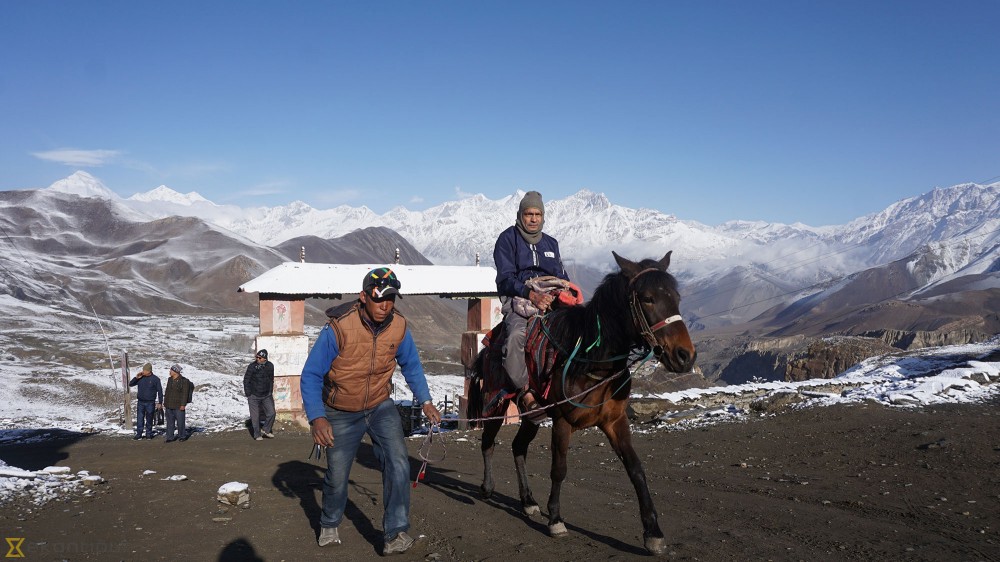Nepal may lose Indian tourists after currency restriction
KATHMANDU — In the budget for the current fiscal year, the government announced the 2020 Visit Nepal year with an aim to attract 2 million tourists, a significant chunk of them from India.
This gave travel trade entrepreneurs hope that the government would also take initiatives to make the Indian currency, particularly the larger banknotes, acceptable in Nepal. But that didn’t happen.
A recent meeting of the Cabinet decided to publish the notification in the Nepal Gazette not to allow people to carry Indian currency notes above 100 denomination in Nepal. This means Indian bills of 200, 500, 2000 will be illegal.
Notes above INR500 are not legal for financial transactions in Nepal. In practice, however, they are widely accepted, particularly in border towns, hotels and casinos.
“The decision is a big setback particularly for cash-driven industries like tourism,” said Basanta Raj Mishra, a senior tourism entrepreneur. “We were optimistic that the government was taking initiatives to make the Indian currency, the denomination of at least INR500, acceptable in Nepal targeting the Visit Nepal 2020 campaign.”
Article continues after this advertisementSince India is the biggest tourism source market for Nepal, its impact will be huge, he said. “As middle-class Indians are the key visitors to Nepal, traditionally they carry plastic money,” said Mishra.
Article continues after this advertisement“The major impact of the decision will be on the casino industry, hotels and restaurants.”
Suman Ghimire, president of the Chitwan chapter of Hotel Association of Nepal, said credit card is still not popular in South Asian countries and people carry pocketfuls of cash.
Since a majority of Indians come to Nepal over land from bordering towns, it’s difficult for them to convert their currency to dollar or Euro.
“If the Indian currency limit was set up to INR500, we would be more comfortable,” he said. “This is an unpopular decision as no one will carry a bulk of the amount in plastic money to Nepal.”
Ghimire urged the government not to be “too harsh” on the tourism industry. More than 1.36 million Indian tourists visited Nepal in 2017, according to the Tourism Ministry.
The overland Indian visitors’ survey showed that 1.2 million Indians came to Nepal through the surface route while 160,132 travelled via air. The average length of stay of Indian tourists coming overland was 5.8 days. Average expenditure per visitor was as much as Rs11,310.
According to Indian media reports, the advantage of travelling to Nepal was that one did not need to change the currency.
For instance, the tourist flow from Kolkata, India to Nepal is currently 400 per week, way below their departures for some of the South East Asian countries.
“With this restriction, even that number will slip away as people will have to carry a bulk of the amount in plastic money or needlessly change to dollars or Euro for reconversion in Nepal,” The Times of India quoted Anil Punjabi, chairman of the Travel Agents’ Federation of India, as saying.
While pilgrimage is big in Nepal, there are a few who go to Kathmandu to try their luck in casinos, the newspaper said. “The latter is expected to now switch to Sikkim or Goa as carrying large amount in INR100 denomination is extremely cumbersome.”
Nepali citizens working in India will feel the pinch most as they will face problems in repatriating their earnings.
Nepal Rastra Bank (NRB) Spokesperson Narayan Prasad Paudel said it was not a new decision. “The notes were already banned but we had not published the notification in the Nepal Gazette,” he said.
The Indian government, in a surprise move on November 8, 2016, pulled INR500 and INR1,000 out of circulation “to unearth unaccounted wealth and fight corruption”. Since then, the NRB has also banned those notes in Nepal.
Before that, the Nepali central bank had allowed Nepalis to carry Indian banknotes of 500 and 1,000 denominations based on the Indian government’s decision.
The Reserve Bank of India, in February 2015, introduced the Foreign Exchange Management (export and import of currency) Regulations, allowing Nepali and Bhutanese citizens to “carry Reserve Bank of India currency notes of denomination INR500 and/or INR1,000 up to a limit of INR25,000”.
(USD 1 = NPR 114)
